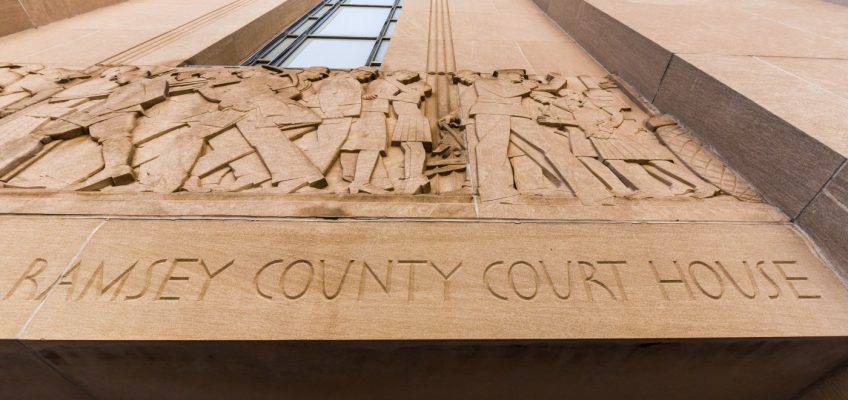Ramsey County will hire 80 full-time employees to tackle significant backlogs officials say affect access to Medicaid-funded services.
Currently, county residents requesting initial MnCHOICES assessments with the county’s Aging and Disability Services and MnCHOICES Division, which determine eligibility for home and community-based services for the elderly and people with disabilities, can expect wait times of up to nearly eight months, according to the county.
At the same time, the need for such assessments and services has increased, with state Department of Human Services changes put in place in 2024 also increasing workloads, according to county officials. State statute requires that a consultation must be completed within 20 working days of the request, with reassessments required annually.
As of March 4, 1,947 residents were awaiting an initial assessment.
The county board unanimously approved the hiring of the additional employees at their board meeting earlier this week.
Increase in assessments for services
From 2017 to 2023, the county saw a 49% increase in the number of reassessments and a 29% increase in initial assessments needed by residents for such services, with the department completing more than 17,300 initial assessments and reassessments in 2023.
In that same time frame, there has been an 8% increase in the number of county residents aged 65 and older and an 18.7% increase in the number of residents under the age of 65 with a disability. From 2017 to 2024, case management went from 8,422 people to approximately 12,644 in 2024.
Meanwhile, the division has lost 28 full-time MnCHOICES employees since 2018 due to state cost shifts and budgetary constraints.
Changes by the DHS, such as how annual reassessments can be completed, also increased the workload by approximately 1,000 reassessments annually. And, since the pandemic, there has been an increase in requests for assessments by about 5% each year since 2023.
“All of this combined together has pushed us into a state of crisis. Current need for services in our area far exceeds staffing capacity, and this has resulted in wait times for residents,” said Katy Molinare, who leads the Aging & Disability Services and MnCHOICES Division, during a presentation to the board of commissioners on March 11.
The cost
The total cost of an additional 80 employees will come to around $6 million for 2025, though the county expects revenue from state and federal sources to offset around 82% of that. One-time startup costs of around $1 million for onboarding of those employees would not be eligible for that revenue, but are expected to be funded through the County Manager’s Office and the Health and Wellness Service Team’s 2025 budget.
Ongoing costs will be included in the 2026-27 operating budget, according to officials.
Need for these services isn’t only increasing in Ramsey County, but statewide as well, officials said. Hennepin, Dakota and Anoka counties have all added employees to meet demand.
The 80 employees for Ramsey will include 61 assessors, 5 case managers, 1 social worker, 9 support staff, and 4 supervisors. County officials expect current backlogs to be resolved by mid-2026.
What to do if you are impacted
The county works with providers and individuals affected by backlogs in order to prioritize those at risk of service loss, said Sophia Thompson, director of the county’s Social Services Department. In such cases providers may decide to continue services while assessments and waivers are set up or the county may be asked to cover the cost during a gap in service.
The Social Services Department had a 2023 budget of $117.8 million and 683 full-time positions. MnCHOICES is the biggest unit in the ADS-MnCHOICES division, with about 146 staff.
Related Articles
St. Paul kidnapping case followed by federal drug trafficking charges
Roseville police arrest 29 in retail theft blitz
Young, Fisher: One way to think about reinvention in downtown St. Paul
St. Paul-to-Woodbury Gold Line is ready to roll on dedicated lanes. Here are things to know.
‘He wasn’t a street dude,’ father of St. Paul shooting victim says at killer’s sentencing
“Residents are waiting too long for an assessment, and we want to serve them more timely and make sure they’re getting the services that they need. And that’s why it’s so important to have these additional positions to help us to do that,” Molinare said.
Residents currently receiving services can reach out to their case manager with any questions or concerns.
Those waiting for an initial assessment or needing to request an assessment can reach out to the MnCHOICES intake team at 651-266-4500 or submit an online referral form at ramseycounty.us/residents/assistance-support/assistance/seniors/mnchoices-intake-assessment/mnchoices-referral-form.
The intake team can also be reached at RCMNChoices.Intake@co.ramsey.mn.us.




